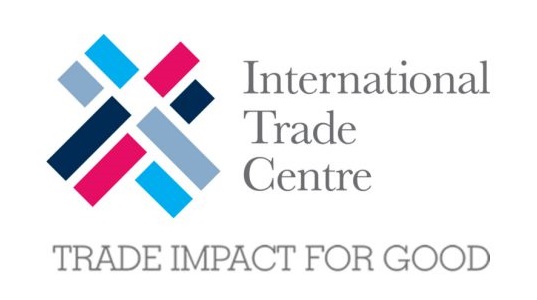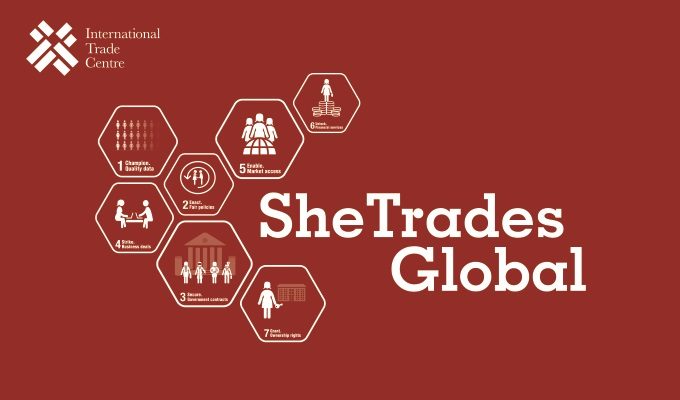Mercosur-EU Agreement and comparative advantages
Mercosur-EU Agreement and comparative advantages
This week there was a meeting of the MERCOSUR countries in Santa Fe, Argentina, and one of the main issues is the Mercosur-EU Agreement.
After more than 20 years of negotiations, sometimes interrupted by incompatibilities difficult to circumvent, especially with regard to goods, the authorities of the two economic blocs resolved to take an important political stance, signaling that there were spaces for convergent understandings in international trade, instead of retaliation have contaminated the commercial environment lately.
In general, the European Union‘s global supply covers 100% of its tariff lines, 80% of which is immediately available for industrialized goods, but applying fixed quotas and/or preferences for agribusiness goods. Mercosur‘s offer reaches 90% of the tariff lines, but with more delayed periods of full liberalization in up to 15 years.
The agreement provides for the gradual elimination of non-tariff barriers, such as sanitary and phytosanitary protocols and various technical standards, in addition to commitments made in the WTO Trade Facilitation Agreement.
There will be innovation in establishing the rules of origin for goods, some of them specific, as well as adoption of self-certification that tends to reduce the exporter’s operational costs.
Likewise, the agreement provides predictability and regulatory transparency, establishing provisions on customs facilitation and reduction/elimination of physical inspections.
The final text of the agreement has not yet come to the public. However, some of the points made are that national agricultural products, such as orange juice, fruit and soluble coffee, will have “zero” tariffs. There should also be an export quota for meats, sugar and ethanol, which will be detailed later.
In addition, goods such as cachaça, cheese, wine and coffee will be recognized as differentiated products in the European market. There will also be guaranteed effective access in several service segments, such as communication, construction, distribution, tourism, transportation, financial services and consulting.
In this Agreement, summarizing in a very simplified way, Mercosur has advantages in the trade of commodities and has disadvantages in the trade of industrialized goods. It is the Law of Comparative Advantages of David Ricardo.
The service area, which accounts for more than 1/3 of world trade, will also be considered, with the parties being expected to be able to access their markets under the same conditions as domestic companies.
As for government procurement, the agreement provides only for access to federal areas. In a statement, FecomércioSP, a brazilian commercial association, pointed out that Brazilian companies will also have access to a European Union (EU) bidding market estimated at US$ 1.6 trillion.
Mercosur-EU Agreement and comparative advantages
The agreement still lacks punctual hits in areas that involve certain complexities. However, the greatest obstacle for both parties lies in the procedures for their full validity. It is expected that the entry into force of the Agreement will take about two years and be concomitant between the two blocs.
Image: comexdobrasil







